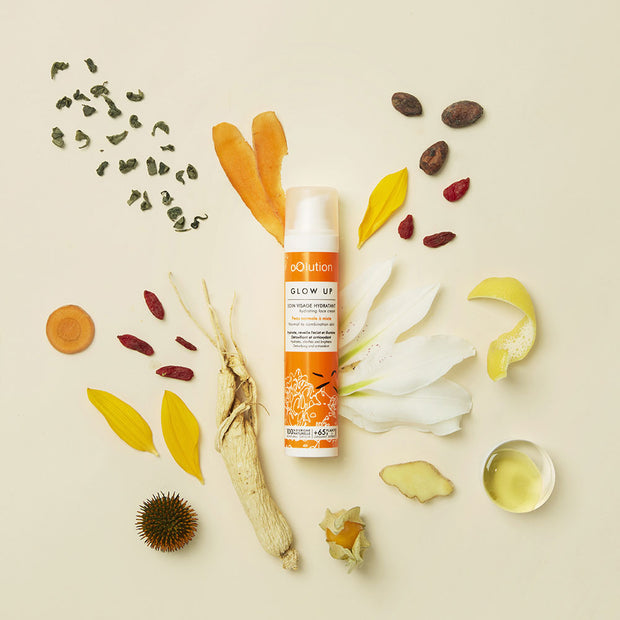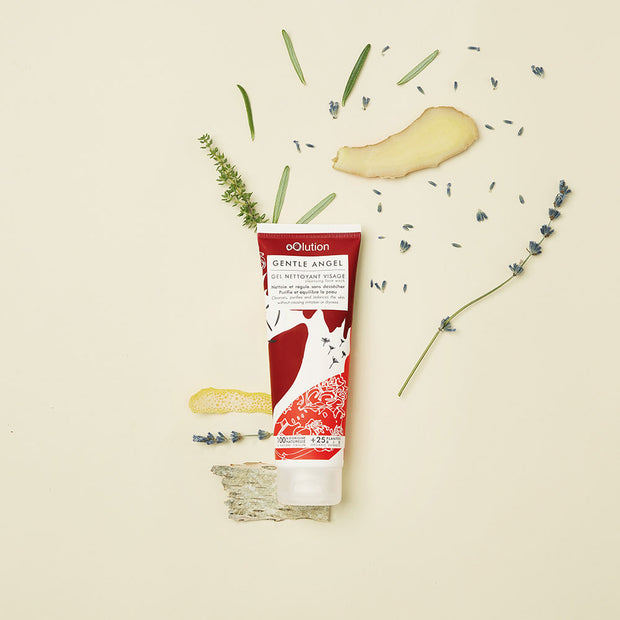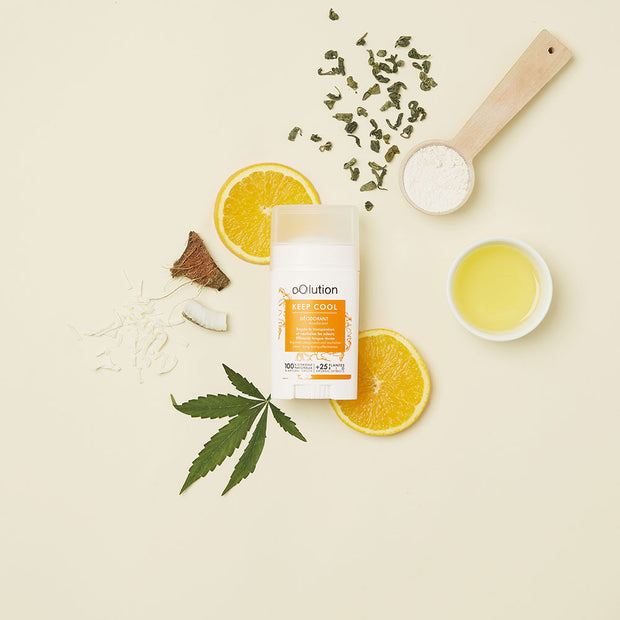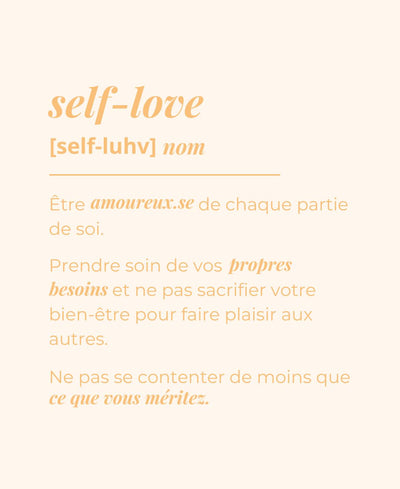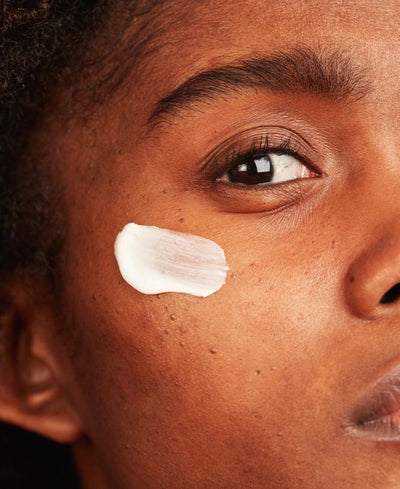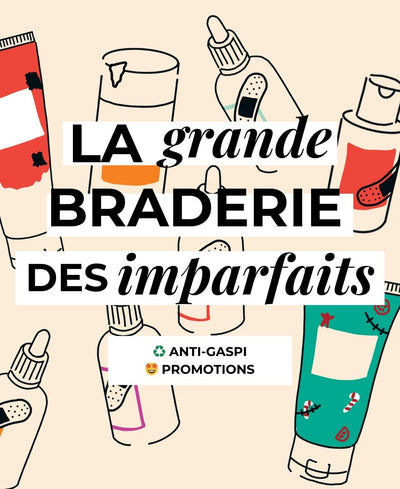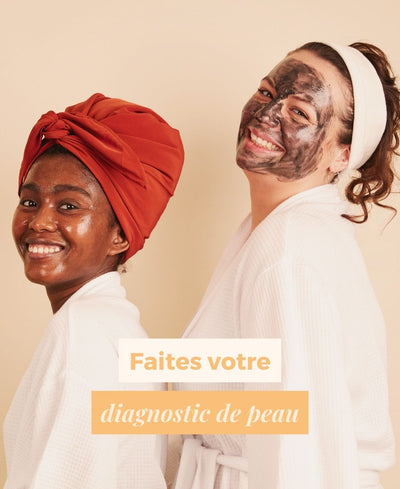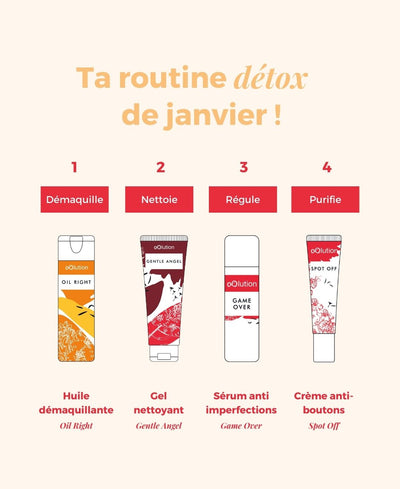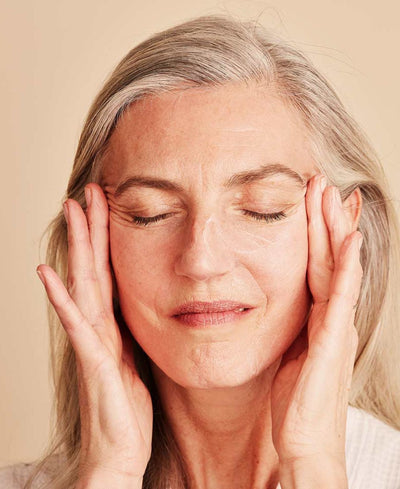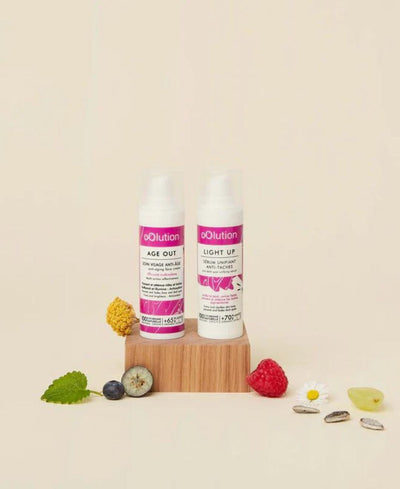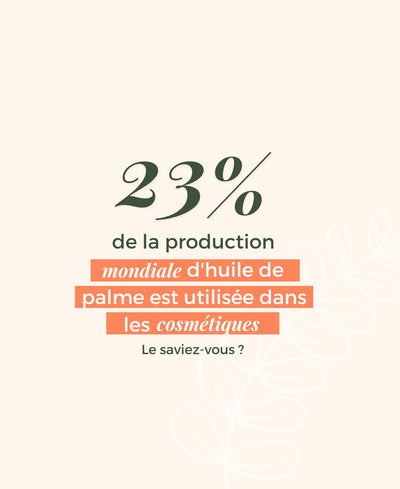Sodium Laureth Sulfate Sound familiar? Perhaps you know it better as SLES? Like its cousin Sodium Lauryl Sulfate aka SLS, it belongs to the family of sulfated surfactants... to be banned from all your personal care products
Why choose a sulfate-free sulfate-free facial cleanser ? How do you choose your cosmetics to avoid Sodium Laureth Sulfate? We explain everything.

Why avoid sodium laureth sulfate?
Written on Feb.12.24 by Anne-Marie Gabelica - Updated on Feb.12.24
Sodium Laureth Sulfate & Co: what is a sulfated surfactant?
When you shower, wash your hands or face, unless you opt for our oOlutiongentle cleansers, there's a good chance you'll come into contact with a particularly common ingredient in hygiene products: a sulfate-based surfactant. In particular, SLES or Sodium Laureth Sulfate. What's behind this enigmatic name?
What is Sodium Laureth Sulfate (SLES)?
- Sodium Laureth Sulfate is a chemical compound derived from coconut oil,palm oil or petroleum (that's a bad start!), the result of a reaction between lauryl alcohol, sulfur trioxide andsodium hydroxide, in other words caustic soda.
It is very (very!) widely used in many of our everyday products: shampoos, conditioners, shower gels, facial cleanserstoothpastes, household products such as dishwashing detergents... But also for industrial floor and engine cleaning. Quite a mix!
Why? Sodium Laureth Sulfate is an anionic sulfated surfactant with a powerful detergent and emulsifying action:
- it is capable of loosening dirt by clinging to grease(detergent action thanks to its lipophilic part). lipophilic),
- then to increase the water-solubility of these soils in order to carry them with it when rinsing(emulsifying action thanks to its hydrophilicable to bind to decomposed fats).
Sodium Laureth Sulfate's role as a cleanser is not its only cosmetic function. As anemulsifier, it enables non-miscible liquids (mainly fat and water) to be blended into emulsions. It also fulfils a number of functions:
-denaturant: it renders the alcohol in cosmetics unfit for consumption to prevent misuse,
- and foaming.
Why so much Sodium Laureth Sulfate in hygiene products?
-
Sulfated surfactants, and SLES in particular, are among the industry's favorite ingredients: very inexpensive, they improve the conservation and stability of formulas, and form a nice, thick, abundant lather, even in contact with hard water.
A property that the cosmetics industry loves: its marketing has worked hard to convince us that washing without lather is neither pleasant nor effective... when in fact it has nothing to do with it!
The best proof: our gentle sulfate-free facial cleanser Gentle Angel. It doesn't lather at all, but cleanses your face perfectly, and its velvety texture with the scent of ginger, lavender and lemon is a delight!
The selection
Nevertheless, thecosmetics industry has chosen to include sulfated agents in the vast majority of hygiene products. And the illusion is perfect: a face or body cleanser with SLES gives an intense sensation of cleanliness, with skin free of all dirt and grease. And that's the problem for your skin!
Why ban sodium laureth sulfate?
Sodium Laureth Sulfate is increasingly criticized for its effects on skin, health and the environment. With good reason.
Sulfates are bad for skin and hair
Sulfated agents have a major, long-standing disadvantage: they are irritating.
For a start, their effectiveness is linked to their ability to remove all traces of oil from the skin's surface.
But what is made up of (among other things) oils? Our epidermis' hydrolipidic film, in other words, its protective barrier...
Studies have shown that the use of SLES causes around 4 times more moisture loss for the skin than gentler cleansers! And by destroying our skin's protective lipids, Sodium Laureth Sulfate exposes it to aggression and disease, makes it permeable to undesirable micro-organisms and toxic molecules, and even encourages the reawakening ofskin allergies.
SLES molecules don't stop there: they alter the proteins in skin cell membranes, potentially provoking inflammatory and immune reactions. The result: tingling, redness, tightness, dryness and even oedema and flaking.
Do you persist in using sulfated cleansing products despite these warning signs? Beware of dermatitis and even hair loss with sulfated shampoos...
In toothpastes, Sodium Laureth Sulfate promotes the appearance ofmouth ulcers.
You can make up to 2 to 3 local applications a day.
What you say about Gentle Angel, our sulfate-free facial cleanser
A SOFT CLEANSING GEL !
I 've been using this cleansing gel for a few weeks now and I love it!
It' s so gentle on my sensitive skin, leaving it supple and no longer tight.
Sodium Lauryl Sulfate takes the cake: irritating at concentrations as low as 0.5% (while some soaps contain 30%!), it is used as the reference skin irritant by researchers in dermatological studies!
On the other hand, Sodium Laureth Sulfate 's main argument is that it is a derivative softened by ethers, and even more solubilizing and disinfecting thanks to a surplus of ethoxylene molecules. But worse is not the same as better. Not only for our skin...
The health risks of sodium laureth sulfate
Even more worryingly, the effects of sulfated detergents are not limited to the skin's surface. Capable of penetrating tissues, they settle as residues in the heart, liver, lungs and brain.
While SLS has particularly high penetration rates, even at low concentrations, Sodium Laureth Sulfate is not to be outdone: it is difficult for the liver to eliminate. As a result, it takes much longer to pass through the body, and its metabolism is more laborious and energy-intensive, making its effects on organs more damaging in the long term.
And be careful when spraying in the eyes! Rapidly absorbed into the eye, sulfated agents can remain there for up to 5 days. With a particularly high absorption rate in young people, and their harmful effects on proteins, their accumulation can pose serious problems for a child's eye development.
Finally, by altering skin proteins, sulfated detergents open the way to other carcinogenic molecules, toxic to our organs and/or endocrine disruptors in our environment. Sulfated detergents can themselves become carcinogenic compounds by reacting with other molecules widely used in shampoos: triethanolamine, cocamide MEA or DEA, lauramide MEA or DEA.
And the icing on the cake is that the ethylene dioxide used to transform SLS into SLES is itself a recognized carcinogen...
Avoid sulfated surfactants, both for the environment and for the people who make them
As far as the environment is concerned,things aren't much better...
Sodium Laureth Sulfate is mainly used in rinse-off products, so its release into our waters and its effects on aquatic species and soils are frankly worrying.
And upstream, the components of SLES are among the worst when it comes to environmental issues, with petroleum and palm oil at the top of the list (the exploitation of coconut oil is not always more recommendable than that of palm kernel oil, so be careful!)
Finally, Sodium Laureth Sulfate, as the result of theethoxylation of SLS, is part of the large family of ethoxylated compounds... whose manufacturing process combines all the worst that can be done for the environment and the health of the workers who handle it. A highly energy-intensive chemical process that requires the use of ethylene oxidea mixture of oxygen and ethylene (a hydrocarbon) heated to very high temperatures, under very high pressure.... and classified as carcinogenic and mutagenic by the European Union and the International Agency for Research on Cancer (IARC).
The process also risks releasing 1,4-Dioxane, a skin, respiratory and mucous membrane irritant, classified as a possible human carcinogen by the IARC. Amazing...
How can I avoid sodium laureth sulfate?
Pending theban on sulfated detergents that we're hoping and praying for, it's clear to us: avoiding all products containing sulfated agents, Sodium Lauryl Sulfate, Sodium Laureth Sulfate or Ammonium Lauryl Sulfate is essential.
And all the easier since natural solutions exist that are just as beneficial for your skin, your health and the planet.
Avoid sulfates: when and for which skin types?
In the face of scientific studies demonstrating the harmful effects of sulfates on the skin, the defenders of sulfated surfactants argue that cosmetic doses are well below the thresholds studied. Mmmh, a study has shown that it is above alldaily and repeated exposure to these molecules that causes irritation. And what could be more everyday than using a shower gel or facial cleanser?
Daily use of sulfated products on dry skin is a guaranteed disaster, of course. But the use of sulfates is no more recommended for a oily skin cleanser or an acne face wash. Because do you know how skin defends itself when its hydrolipidic film is stripped away by overly aggressive products ? It activates its sebum production a little more. And once this vicious circle is in place, restoring balance is a long and difficult process. The risk? Oily AND dehydrated skin (or greasy hair with brittle roots and ends, using sulfated shampoos).
The whole package.
Even so, their impact on the environment is enough to dictate a simple rule: whatever your skin type skin typeWhatever your skin type, you must ban all sulfated surfactants from all your skincare products.
Recognizing SLES in your products
So, how do you know if a shampoo, face wash or shower gel containssulfate? By deconstructing its INCI list.
While Sodium Laureth Sulfate is its most common INCI name, SLES appears under other names on your product labels : (C10-C16) Alcohol ethoxylate sulfated sodium salt, Sodium lauryl ether sulfate, Polyethylene glycol mono-C10-16-alkyl ether sulfate sodiumAlkyl C10-16 ether sulfate, sodium salt... are just some of the many examples. But they all have one thing in common: they contain sulfate or sulfated in their name, and that should be enough to alert you.
Finally, Sodium Laureth Sulfate is banned in organic cosmetics.
Please note: SLES and SLS are often accompanied by Cocamidopropyl betaine as a secondary surfactant which, although authorized in organic farming, is also a synthetic sulfated agent derived from Coconut oil.
Sulfate-free hygiene products: which solutions are best?
In the end, the only solution: opt for natural hygiene and natural cosmetics guaranteed sulfate-free (don't forget to check all their ingredients with the help of our guide to cosmetic ingredients to avoid). Which products?
For the body, it's best to switch to superfatted cold-saponified solid soap. Cold-saponified soap is a 100% natural, skin-friendly surfactant obtained by reacting soda ash with plant oils and butters. But beware: even when enriched with high-quality plant oils, soap is still a little too strong for the face's fragile epidermis.
Obviously, at oOlution, we have the solution for your face: our sulfate-free organic face washs Gentle Angel. Made exclusively with skin-friendlynatural ingredients , enriched with glycerine and non-comedogenic plant oils, it is suitable for all skin types.
But how does it wash, then, without Sodium Laureth Sulfate or other sulfated surfactants? Thanks to its ultra-gentle emulsifying surfactants of plant origin derived from starch, wheat, glucose or coconut: glucosides(Cocoglucoside, decylglucoside), acylglutamates (Disodium Cocoyl Glutamate, Sodium Cocoyl Glutamate...).
With them among its 26 organic plants regulating, purifying, astringent, antioxidant and soothing, our Gentle Angel is the solution for cleansing all skin types, from oily skin to the most sensitive, without aggression or even tightness. Without foam, but with efficiency and respect!
Recommended products
